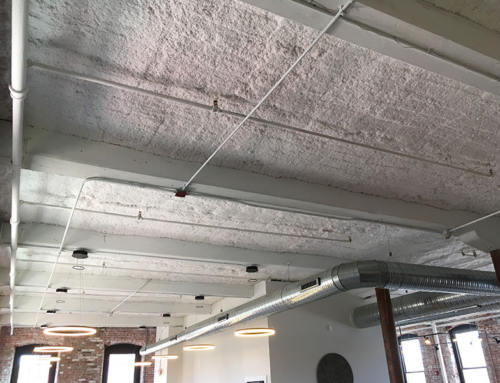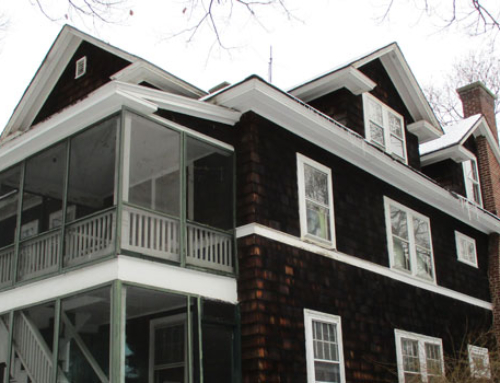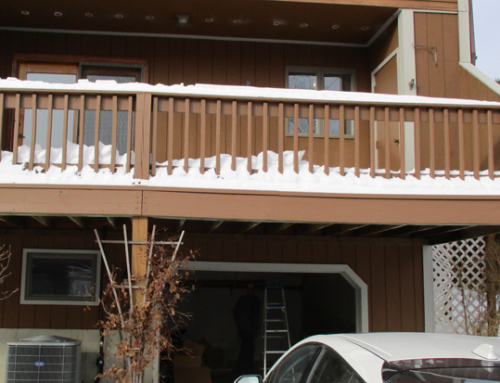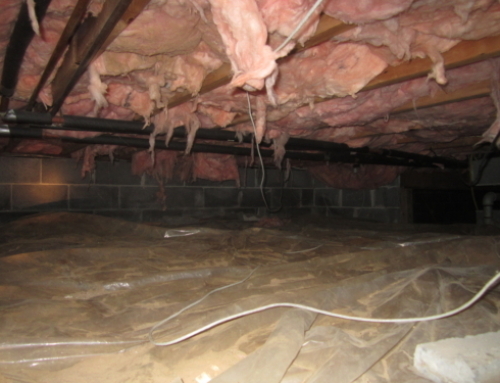A former DOER Director presents an interesting and honest take on the Lead Vendor rolls in the Mass Save RCS programs and the MA Home Performance sector. The below letter sent via email to a MA home performance contractor was edited slightly to maintain privacy of the former State employee now in the private sector.
Dated week of 6/14/2010:
[start]
I am writing to you as former director of energy efficiency programs at DOER. I’ve left DOER to take a position in the private sector.
But speaking unofficially now, only for myself and not for DOER, I do wish to make a couple observations and comments. Please take them for my private opinions but I hope they are helpful to you.
To begin with, CSG does not have a monopoly on the residential energy programs. CSG has been selected through individual competitive processes by most of the electric and most of the gas investor-owned utilities to be their program vendor for Residential Conservation Services program, know publicly as Mass Save. CSG is not the only vendor in the state but it is true they represent about 70% of the work overall. It’s important to understand that the program vendors are hired by the utilities which are regulated by DOER, the Department of Public Utilities and the Energy Efficiency Advisory Council. The state passed a law in 2008 requiring the utilities to acquire all cost effective energy efficiency that’s less than the cost of supply (electricity, gas, etc) but they are also mandated to acquire savings at the least cost. Not only are they required to acquire savings at least cost but they are also required to operate at the highest standards, ensure their subcontrators (CSG and other vendors hire subcontractors to perform the efficiency work, including home performance contractors) operate under a stringent set of evaluation, measurement and verification requirements and to provide the utilities, the state and massive amounts of data about what they actually do, what it costs, what it saves etc.
CSG and other vendors such as RISE, Honeywell and CET, employ subcontractors. They handle all the overhead costs and their subs must agree to abide by all the program rules and and accept pre-determined prices. But subs are not free to do anything they want. In short, Massachusetts does not have a contractor-driven model of energy efficiency. There’s nothing wrong with contractor models but that’s not what Massachusetts has. Over the past several months, DOER, a number of contractors with various business models and skills have spent many hours, far too many in my estimation, attempting to accommodate a small group of contractors who are not happy with the current model.
To be clear, everyone’s desire is to do a great deal of high quality work and to reach far deeper into home savings than has historically happened under Mass Save or under contractor-driven energy efficiency for that matter. My experience with home performance contractors is that they are almost universally truly committed to increasing energy efficiency, truly committed to doing a great job with each and every customer but with respect to number of substantial home retrofits that will be needed in each of the next three years, home performance contractors can provide only a marginal addition and often at a significantly higher cost. DOER and advisory council are in fact looking at ways to accommodate more variations in the business models of contractors, now aiming those accommodations mainly at 2011. To your critical question of will there be space for your company (you didn’t mention its name), I think the answer is there’s space now to play under the program rules, as many contractors do. Can you look forward to a future in which you can pursue a model in which you install any measures you deem needed, at whatever costs your business structure requires you to charge and be able to fully access the incentives offered by the utilities, I can ‘t say.
By the way, the $2000 you mention is not any sort of grant or flat fee. It represents the utilities best judgment of the percentage of typical home energy efficiency work it’s necessary for the utilities to pay in a bad economy to entice customers to take advantage of their programs. The $2,000 represents a maximum number the utilities calculate they can provide as an incentive and still remain cost-effective under the rules they must adhere to. That maximum number is subject to change and i expect in future at some point the percentage incentive will decrease, as other financial mechanisms are developed to reduce the rate impacts on utility rate payers. My point is this is not a gravy train but a highly regulated area and regulations are not likely to change more than at the margins over the next several years.
As for municipalities, they are required to offer energy audits under state law but they are not required to offer any energy efficiency services. Each of the 41 municipal utilities makes its own decisions about what energy efficiency services, if any it offers, how their services are organized and how paid for. Among the most active are Brainstree, Peabody, Taunton, Foxboro, Holyoke but most offer little and I’m not aware of a single one that offers anything fully comparable to the investor-owned utility programs.
My advice is to work with CSG or one of the other vendor and also pursue work independently, as some other home performance contractors are doing. It is possible to get along quite well doing so. Please also feel free to contact Frank Gorke, as many other contractors have done and I’d also advise getting in touch with an independent contractor named Adin Maynard [Cozy Home Performance] who is pursuing a creative path as a home performance contractor.
I hope you find a way to prosper; we need all the good contractors out there and more.
[end]








